0086-755 2330 1799 martin@furuihua.net
Writer: admin Time:2023-05-25 Browse:℃
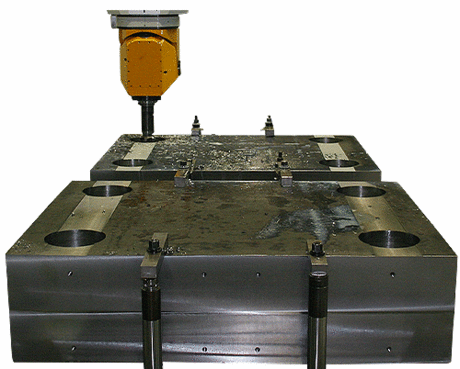
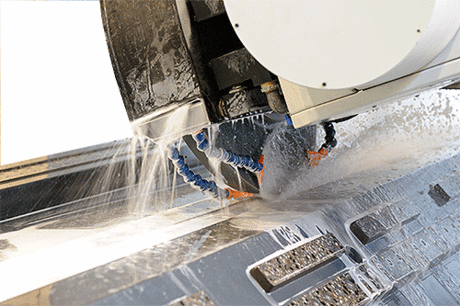
The high-precision grinding of machine components made of mineral casting is carried out on high-precision surface grinding machines. The challenge lies in the exact coordination of speed, feed rate, and abrasive to the mineral casting and the cast-in thread steel inserts. The use of precise steel casting molds and the high accuracy of the mineral casting blanks produced here guarantee for economic grinding without pre-machining.
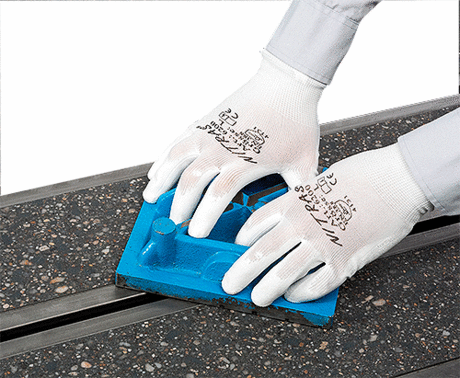
The grinded surfaces can then be hand lapped. Using a lapping disc, a mixture of water or oil and finest grains is rubbed evenly on the mineral casting component. The loose grains roll over the surface and push the material aside with their grain tips, which is then broken out by the following grains. This way, high-precision guide or assembly surfaces are produced.
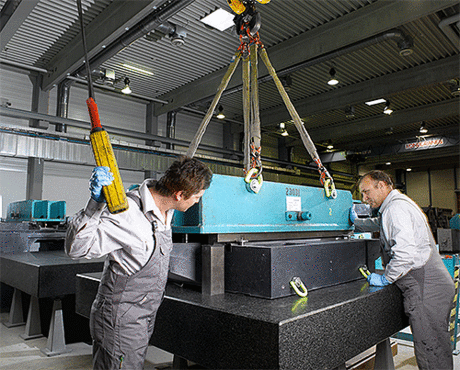
If the production of molded precision surfaces takes place in temperature-controlled halls, is spatially separated from other production processes, and uses high-precision gauges, then an accuracy of fit of a few micrometers can be achieved on machine components. Very high demands are placed on the coating systems, also known as molding compounds (special resins with suitable fillers):
High compressive strength
Very hydrophobic
High wear resistance
Excellent sliding properties with good emergency running characteristics
Smooth operating behavior (without stick-slip effect)
Lapping
The molding compounds are mixed in dissolvers and then cast onto the mold or pumped into the space between the mineral casting blank and the
impression gauge. Depending on the formulation, the gauge can be removed after 14 to 16 hours.
The key benefits:
Excellent cost-efficiency, especially for medium to large quantities, as there is no costly use of machining equipment.
The entire process is completed by FRH in-house – replicating in a climate-controlled work-shop at 20°C; no external processors or transport required.
High reliability due to lack of influence from machines or tools.
There is only a very small number of milling and grinding contractors that can reliably provide such high-precision results; using replication technology eliminates any dependency on these service providers (e.g. fluctuating capacities).
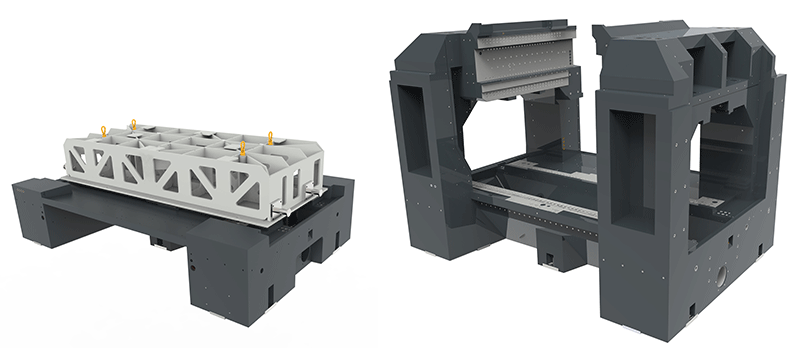
Skype: 008618928353328
Phone: 0086-189 2835 3328
Tel: 0086-755 2330 1799
Email: martin@furuihua.net
Add: 2nd. Floor, Building 17, #16 Wunipeng Rd., 3rd. Industrial Park, Wanfeng Community, Xinqiao Street, Baoan Dist., Shenzhen 518104